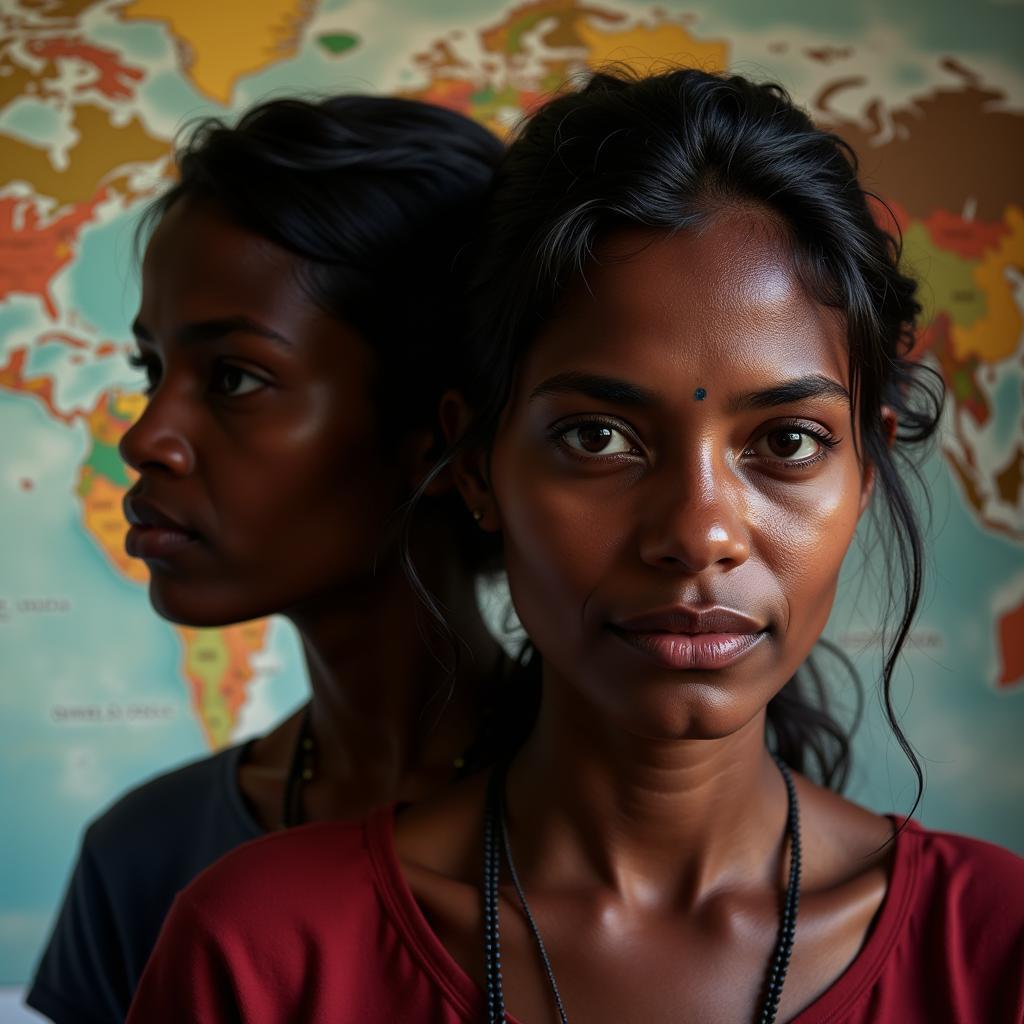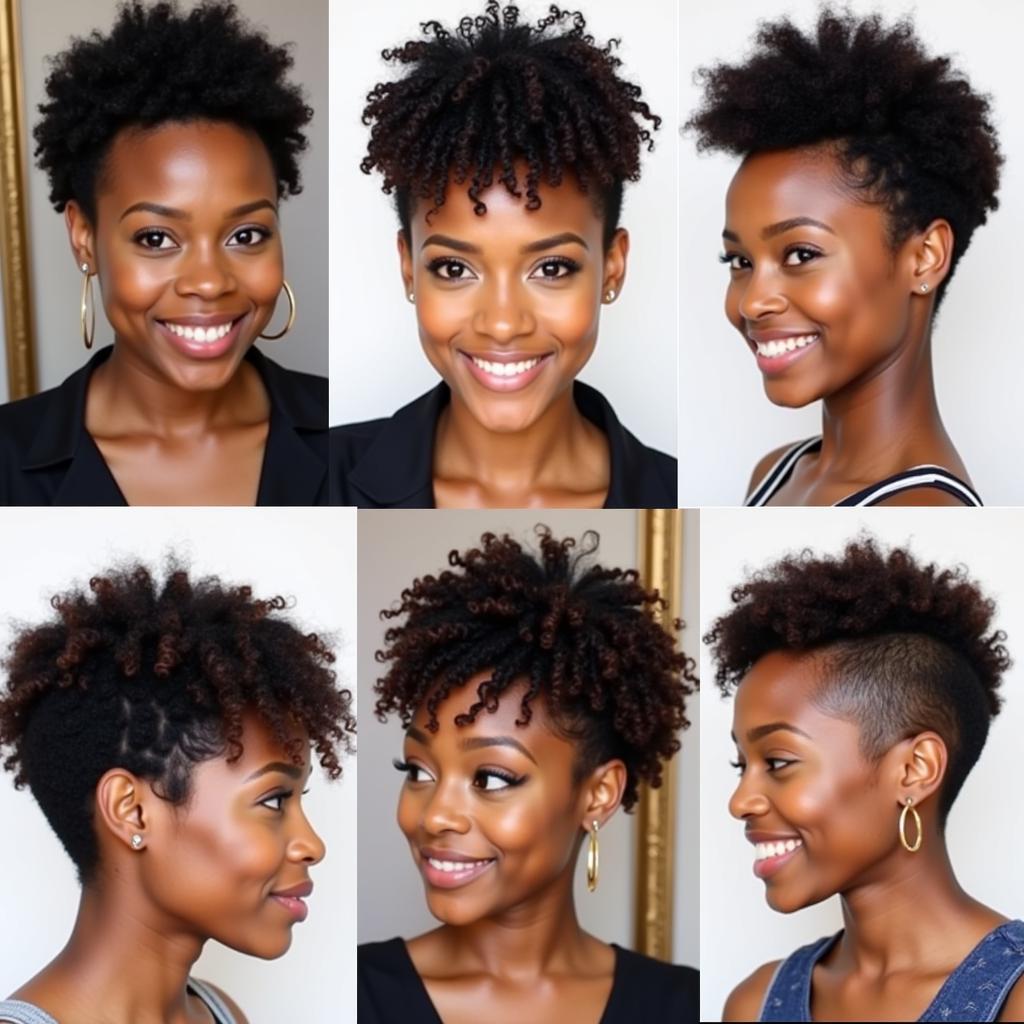Exploring the Art of African Henna Designs
African Henna Designs are more than just beautiful body art; they are a vibrant expression of culture, tradition, and personal stories woven onto the skin. From intricate geometric patterns to symbolic motifs representing nature, spirituality, and celebration, African henna offers a captivating glimpse into the rich heritage of diverse communities across the continent. This practice, passed down through generations, continues to evolve, blending ancient customs with contemporary influences, resulting in a mesmerizing array of styles and interpretations. Learn more about the history, symbolism, and artistic variations of African henna designs.
Henna, a flowering plant native to tropical and subtropical regions of Africa, has been used for centuries as a natural dye for skin, hair, and fabrics. In many African cultures, applying henna is not merely a cosmetic practice but a ritualistic art form imbued with deep cultural significance. The process often involves communal gatherings, storytelling, and the sharing of traditional knowledge. For example, in some North African cultures, henna is applied to the hands and feet of brides before their wedding as a symbol of good luck and fertility. You can find inspiring examples of this by searching for “african mehndi design” online.
Regional Variations in African Henna Designs
Across the vast expanse of Africa, henna designs vary significantly from region to region, reflecting the unique artistic sensibilities and cultural practices of each community.
North African Henna: Intricate Geometric Patterns
North African henna, particularly in countries like Morocco and Algeria, is known for its intricate geometric patterns, often featuring fine lines, floral motifs, and elaborate designs that cover the hands and feet. These designs are frequently associated with celebrations, weddings, and religious festivals.
East African Henna: Bold and Symbolic Motifs
In East African countries like Somalia and Kenya, henna designs often incorporate bolder, more symbolic motifs, representing nature, spirituality, and ancestral connections. These designs may include images of animals, plants, and celestial bodies.
West African Henna: Celebrating Nature and Spirituality
West African henna designs often showcase a strong connection to nature and spirituality. Common motifs include leaves, flowers, and abstract patterns representing the elements. These designs are often applied during important life events and ceremonies. You can appreciate the intricate details and symbolism further by exploring resources on african henna meanings.
What are the Common Motifs in African Henna Designs?
Common motifs found in African henna designs often hold symbolic meaning, reflecting cultural beliefs and values. These motifs can include geometric shapes, floral patterns, animal representations, and spiritual symbols. For example, the lotus flower represents purity and rebirth, while the hamsa hand symbolizes protection and good fortune. Many designs also incorporate elements inspired by nature, such as leaves, vines, and stars.
How is Henna Applied in African Cultures?
Henna paste is traditionally applied using a cone or a small stick, allowing for intricate designs to be created on the skin. The paste is left to dry for several hours, staining the skin a reddish-brown color. The intensity and longevity of the stain depend on the quality of the henna, the length of time it is left on the skin, and individual skin chemistry.
The Cultural Significance of African Henna
African henna designs are more than just decorative adornments; they are a powerful expression of cultural identity and heritage. They play a significant role in various social and religious ceremonies, marking important life events and transitions. Henna is also used as a form of self-expression, allowing individuals to showcase their creativity and personal style. Furthermore, some African communities believe that henna possesses healing properties and can bring good luck and protection.
What are some modern interpretations of African henna designs?
Contemporary artists and henna practitioners are constantly pushing the boundaries of traditional African henna, incorporating modern elements and creating innovative designs. This includes experimenting with different colors, incorporating metallic accents, and blending traditional motifs with contemporary art styles. You might also be interested in exploring African braiding hair painting for another unique form of African body art.
African henna designs are a testament to the rich artistic traditions and cultural diversity of the African continent. From ancient rituals to modern interpretations, these intricate patterns continue to captivate and inspire, offering a unique window into the heart and soul of Africa. Explore the world of African henna and discover the beauty and symbolism behind these timeless art forms. You might also find it interesting to research African back tattoos and African tribes drawing for different expressions of African art.
FAQ
-
How long does African henna last? Typically, African henna designs last between one to three weeks, depending on aftercare and skin type.
-
Is African henna safe for the skin? Generally, natural henna is safe for the skin. However, it is essential to ensure that the henna paste is pure and does not contain any harmful chemicals.
-
What is the significance of henna in African weddings? Henna is often applied to brides before their wedding as a symbol of good luck, fertility, and protection.
-
Can men wear African henna designs? Yes, henna designs are not limited to women and can be worn by men in some African cultures.
-
Where can I learn more about African henna designs? Numerous online resources, books, and cultural centers offer information about African henna and its significance.
-
What are some common mistakes to avoid when applying African henna? Avoid using black henna, as it can contain harmful chemicals. Also, ensure the henna paste is not too thick or too thin to achieve optimal staining.
-
Are there any cultural sensitivities to consider when wearing African henna designs? It is important to be respectful of the cultural significance of henna and avoid appropriating designs from cultures that are not your own.
Need More Information on African Henna Designs?
For further inquiries or personalized guidance regarding African Henna Designs, please don’t hesitate to reach out to us.
Contact Information:
Phone: +255768904061
Email: kaka.mag@gmail.com
Address: Mbarali DC Mawindi, Kangaga, Tanzania.
We have a dedicated customer support team available 24/7 to assist you with any questions or concerns.

